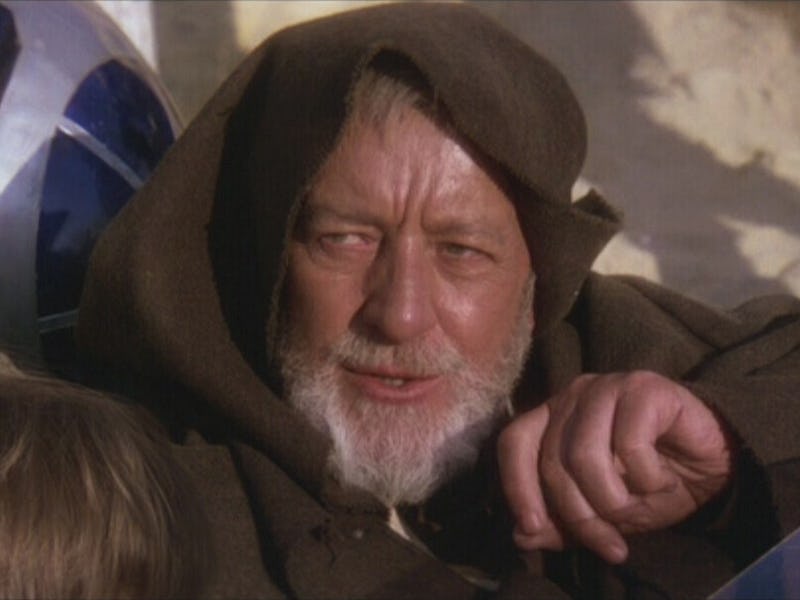This Isn't the 'Star Wars' Virtual Reality You're Looking For
Don't fear the dark side of 360-degree video.

Google Cardboard — the lowest-end virtual reality headset — is the latest to fall victim to the Star Wars: The Force Awakens tie-in, which has spread from an Air France promotion to a limited-edition SpaghettiO with the rapacity of chickenpox through a kindergarten classroom. Announced Monday at StarWars.com, the “new virtual reality experience” is a serialized “immersive entertainment” born out of a collabo between Google, Disney, Verizon, and Lucasfilm’s new ILMxLAB.
When said experience hits the Star Wars app on December 2, the downloads will rain from the skies like Imperial shrapnel on the heads of Ewoks. It’s Star Wars — SlashGear reports a faithfully reconstructed Millennium Falcon in VR cameo — and there are over a million Google Cardboard headsets floating about in circulation. The twin suns are aligned, sure, but will the result be any good for VR?
Let us raise the specter of fear. VR enthusiasts, like those who haunt r/Oculus, are afraid that because Cardboard is so popular — yet unsophisticated next to its Oculus Rift or HTC Vive counterparts — Star Wars and similar apps will poison the VR well. To disintegrate this anguish into its most basic component: On a fundamental level, it’s that Google Cardboard shouldn’t be marketed as virtual reality.
What Cardboard does well is present 360-video easily and cheaply, allowing the New York Times do neat things with empathy journalism. It’s easy to call Cardboard virtual reality as a buzzy shorthand, especially in the context of what’s next to come (we’re guilty!).
From a technological standpoint, those who are afraid that Cardboard is going to crash the VR party and vomit all over the upholstery have some fair points. The world through Cardboard offers a pixelated view, like staring out screen door (hence the “screen-door effect”); at the extreme, as Will Smith at Wired points out, Cardboard breaks a few rules of virtual reality hygiene, including potentially nausea-inducing design — Smith goes as far to raise the argument this why the average Times Cardboard viewer spent less than 15 minutes in the app.
In the very short term, that Cardboard is blowing up as a virtual reality synonym could be taken as a grim omen. What it is not, however, is fatal. Cardboard’s 360-degree fast-food video will be mistaken for the Kobe beef of high-end VR only if the Rift or Vive fails to deliver on their promises. If the straight-from-the-microwave Cardboard scorches tongues, it is up to Oculus to soothe burned palates. (Whether this is fair to Oculus, or it can pull this off, remains to be seen.)
The Cardboard experience won’t be the Star Wars VR we’re looking for — not yet — but it’s only as dangerous as the ghost of awkward ‘80s mobile phones reaching forward through time to strange the iPhone.